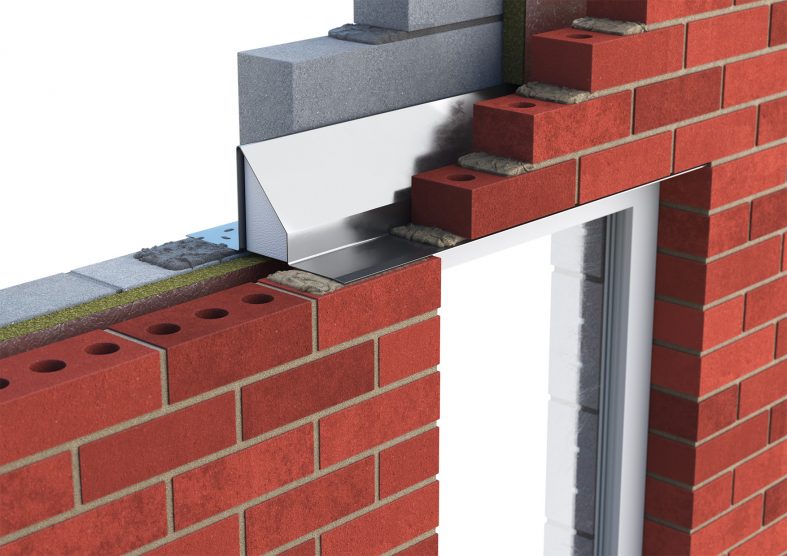Specifying Thermally Broken Steel Lintels - Catnic

READY TO DOWNLOAD?
Login to our CPD Training Portal to Download the FREE WHITEPAPER Catnic's Thermally Broken Steel Lintels Whitepaper
LOGIN OR REGISTER
Once you’re logged in you can access all our training modules for free anytime that works for you. Enjoy On Demand CPD Training!
or
Please contact us via contact@construction-cpd.com to get permission to publish this whitepaper on your website.
<div style="position: relative!important; width: 100%!important; min-height: 700px; overflow: hidden!important; padding-top: 56.25%!important;"><iframe src="https://www.construction-cpd.com/cpd-external-view?ExternalId=136&ReturnUrl=https://www.construction-cpd.com/whitepapers/guide-to-thermally-broken-steel-lintels" style="position: absolute; top: 0; left: 0; bottom: 0; right: 0; width: 100%; height: 100%; min-height: 500px; border: none;"></iframe></div>
The Role of Lintels
Door and window openings are an obvious necessity in the external walls of buildings. To preserve structural integrity, the wall construction sitting over the opening needs to be adequately supported. Such support is essential for the safety of people, and means lintels are a long-established component of building specification and construction.
With advancements in manufacturing and improvements in our understanding of materials, the design of lintels has changed significantly over centuries. They are mostly hidden from view in modern wall constructions, unlike the large pieces of timber or stone that also provide visual interest in older properties.
The refinement of lintel design does not stop just because they are less visible, and this whitepaper describes the latest developments in lintels for residential construction. The focus on domestic buildings is important, for a variety of reasons.
Lintels and Small Housing Developments
It’s not uncommon to hear that the UK needs to build 250,000 to 300,000 new homes each year to meet demand. That demand is not met by volume house builders alone. Smaller plots providing high quality developments of up to, say, ten homes play an important role in providing choice for home buyers and contributing positively to communities.
Raising the bar for quality and enhancing communities means showing leadership in the design and specification of these developments. Smaller plots work on tighter timeframes to larger housebuilding developments, where there can be a lag in implementing the latest building regulations/standards.
Smaller developments usually must meet the latest version of national building regulations, and sometimes commit to going beyond those minimum standards in order to secure approval. The second section of this whitepaper looks at regulations and performance standards for housing, and the role lintels play in meeting them.
Building Fabric Performance
The third section of the document looks at a specific development in lintels, and the benefits to building performance that a thermally broken lintel provides. Because they are mostly unseen, the positive impact that a thermally-optimised lintel design can have on the complete building fabric specification can be easily overlooked.
Finally, there is a short discussion about how the steel used in lintels contributes to the circular economy by recycling existing products rather than manufacturing raw material.
Before getting into the specifics of a certain type of lintel and its contribution to building performance, however, it is first helpful to look at an overview of lintels more generally.


